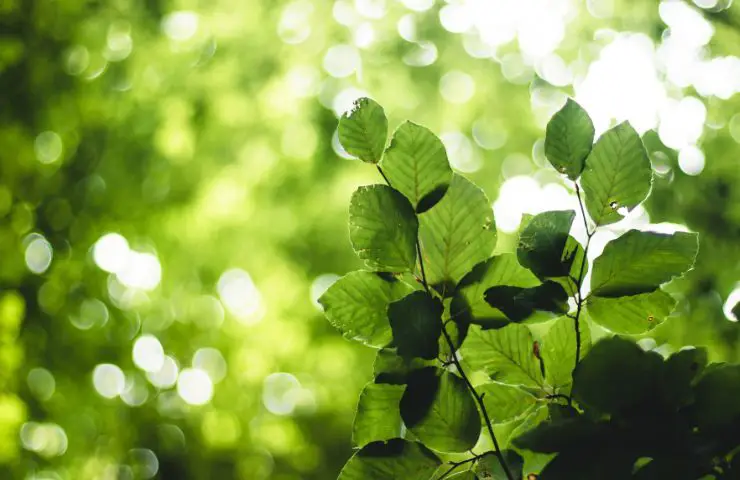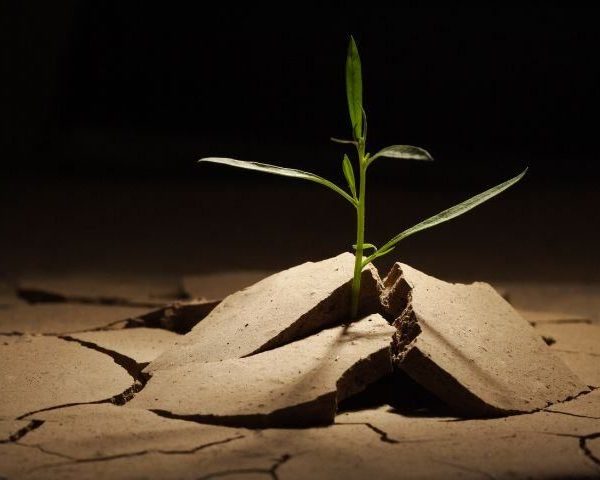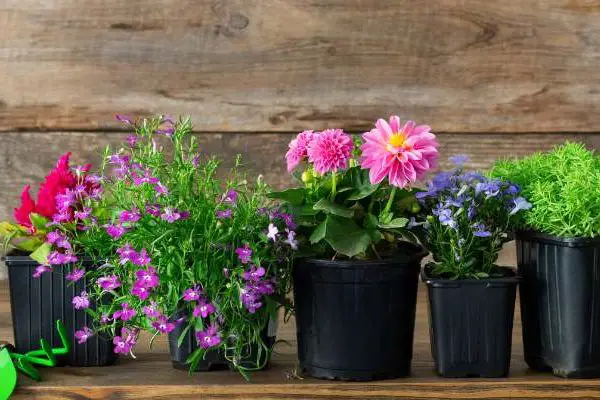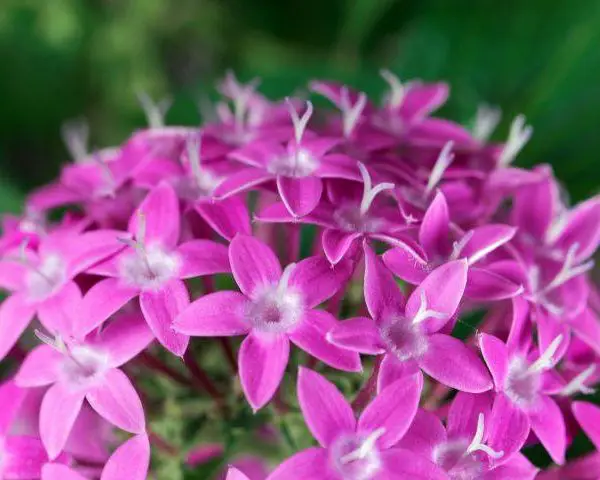Houseplants do more than just look pretty — they can purify your air, boost your mood, and even improve focus. But here’s the catch: placing them randomly around your home just won’t cut it. If you want your indoor garden to thrive, you need to know where to place your plants. Let’s dive into a few essential tips and placement tricks you won’t want to miss.
🌞 Why Placement Matters for Houseplants

Proper placement isn’t just about aesthetics — it’s about mimicking a plant’s natural habitat as closely as possible. Each plant species has different needs when it comes to light, temperature, and humidity. Some enjoy basking in full sun, while others prefer shade and cool air.
Before positioning your plants, ask yourself:
-
Which rooms get the most sunlight?
-
Where do my windows face?
-
Are there radiators or heating vents nearby?
-
What’s the average temperature in each room?
Thinking through these factors can be the difference between thriving greenery and a wilting mess.
🏠 Best Rooms for Your Houseplants
All plants need light, but not all need direct sunlight. In fact, too much sun can burn leaves and dry out roots.
-
South, east, or west-facing windows are usually best for most plants.
-
Avoid overcrowding plants near north-facing windows, unless they’re shade-loving varieties.
👉 Ferns, lilies, and other foliage plants prefer indirect light. Try placing them a few feet away from a bright window, especially in rooms with west- or east-facing light.
👉 Succulents and plants with thick, fleshy leaves like jade, zebra plants, and crassula can tolerate low-light conditions and are perfect for shadier spots.
💡 Extra Tips for Smart Placement
-
Don’t pick a spot just because it “looks nice” — pick it because it’s right for the plant’s needs.
-
Be mindful of seasonal changes — the angle and intensity of sunlight change throughout the year.
-
Rotate your plants every couple of weeks to ensure even growth on all sides.
🌡️ Temperature & Climate Considerations
Most indoor plants thrive at around 20°C (68°F), but there are exceptions:
-
Cyclamen prefer cooler temps between 10–15°C (50–59°F)
-
Cineraria does well in even cooler climates
-
Tropical plants, like bonsai or orchids, may need a steady temperature around 20°C
Be cautious with heating sources like radiators and vents. These can dry out the air and create a desert-like atmosphere, which is harmful to your plants.
💧 Humidity Hacks for Healthier Plants
Central heating in winter can make your home too dry. Here’s how to help:
-
Mist your plants regularly to increase humidity.
-
Create a mini microclimate by grouping plants together.
-
Add moss or pebbles between the pot and its decorative container to retain moisture.
🚨 Warning signs of stress include:
-
Dry or discolored leaves
-
Cracked soil
-
Drooping or fading foliage
Keep an eye on these signs and adjust placement and watering as needed.
🌱 Final Thoughts

Houseplants are like roommates — they each have their own quirks and preferences. With a little research and thoughtful placement, you can create a lush, green space that not only looks great but makes your home feel more vibrant and alive.
Want more plant care tips? 🌿 Follow us on Instagram, TikTok, or join our Telegram channel for daily inspiration and home gardening hacks!



